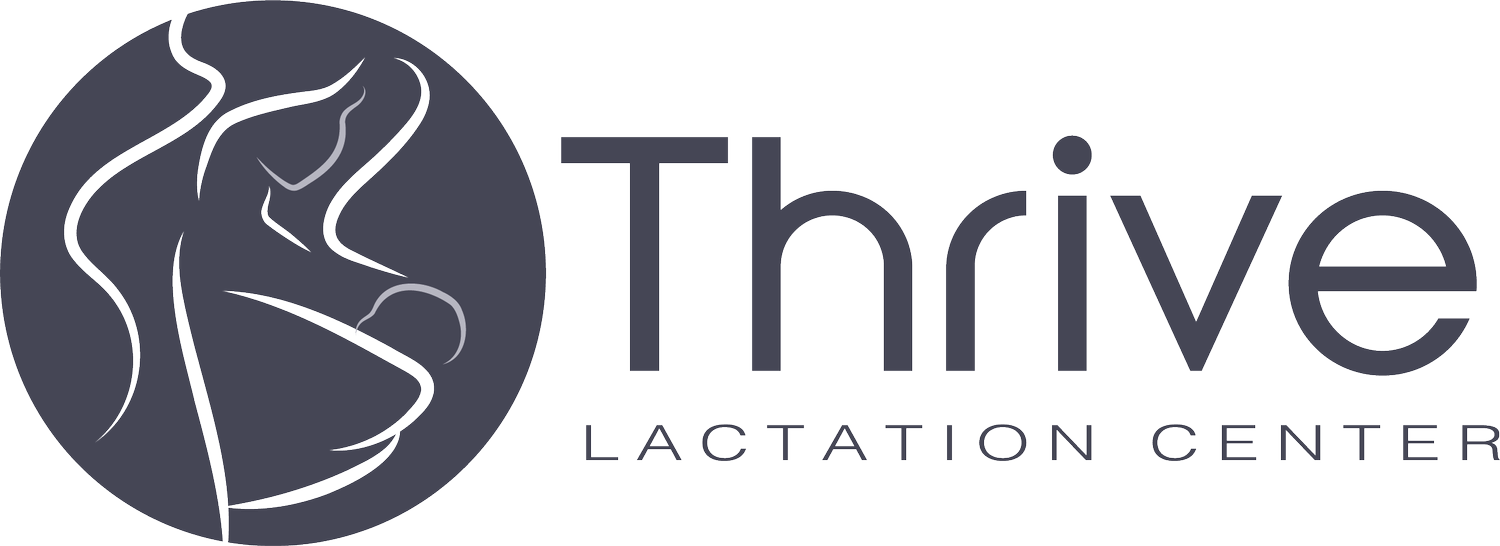Why does my breast pump have two types of suction?
Most breast pumps have two types of suction for a specific reason…. because your baby has two types of sucks. Breast pump manufacturers do their best to make pumps function like babies because biologically your breasts were made to feed babies that latch directly. So if your pump mimics your baby’s natural suck patterns, your body is more likely to respond by making similar amounts of milk. After reading this post you’ll understand the two types of suction your pump has and know when to use each one.
Let’s look at how babies naturally suck at the breast.
Stimulation Suck: When your baby first latches to the breast, they will do a bunch of small fast sucks to tell your body to let down or release your milk. This type of suck feels light and fluttery, and your baby’s jaw is moving in a straight up and down motion. This type of suction causes the nerves in your breast to tell your brain to release oxytocin. The release of this breastfeeding hormone causes the muscles in your breast to contract and eject your milk. The amount of time babies will suck in the stimulation phase varies from feeding to feeding and baby to baby, but on average this lasts for about 2 minutes.
Drinking Suck: After the milk is released from your breast, your baby will change to a drinking suck. This type of suck usually consists of a few strong pulls, an audible swallow, and a pause to breathe. With drinking sucks, your baby uses his whole jaw (even makes his ear wiggle sometimes) in a rocking motion to create suction and move milk in his mouth. Depending on the age of your baby and the milk phase you are in the number of drinking sucks that your baby does before he swallows will vary. Most babies spend most of their feeding time using this type of suck.
During a single feeding, babies may switch between the types of sucks a few times. Each time your baby returns to the stimulation suck, they are triggering your body to release another let down of milk.
Let’s look at how your pump works
Stimulation or Massage Phase: This setting on the pump has a higher cycle or frequency of when the suction occurs. That a fancy way of saying the sucks on your breast are closer together. The goal of this is to trigger a letdown or release of milk. Most pumps have a timer on this phase to last for 2 minutes, but if you notice your milk let down has happened earlier then you can switch to the expression phase sooner than 2 minutes.
Expression Phase: Your pump uses this phase to pull out your milk. The rate of sucking is slower in this setting, and it is helpful to increase the suction strength (to the highest that is still comfortable) in this phase. You will spend the majority f your time pumping in this phase.
During a pumping session, it will help you get more milk volume and more stimulation to switch between these phases. Start in the stimulation phase, then when the milk starts flowing or after 2 minutes switch to the expression phase. If at any time during your pumping session the milk flow slows down or stops, switch back to the stimulation phase to encourage your body to have another letdown. If this happens or 2 minutes have passed then switch back to expression.
You can see that the phases of sucking when breastfeeding your baby match the phases of your breast pump. The fact that your pump mimics a baby’s natural sucking is so beneficial in helping to maintain and increase your milk supply.
Get expert advice on how to use the breast pump suction settings to increase milk supply.
Read more about the types of suction your breast pump uses.
I am a registered nurse in the State of Florida and an International Board Certified Lactation Consultant (IBCLC). The content on this blog page is for informational and educational use only. I have taken reasonable steps to ensure that the information shared is accurate, but I cannot guarantee that it is free from errors. The information shared here does not take the place of a medical provider, nor establishes any kind of client relationship with myself as a registered nurse or a lactation consultant. I am not your IBCLC or RN unless you book a consult with me directly and we establish a patient/caregiver relationship.

